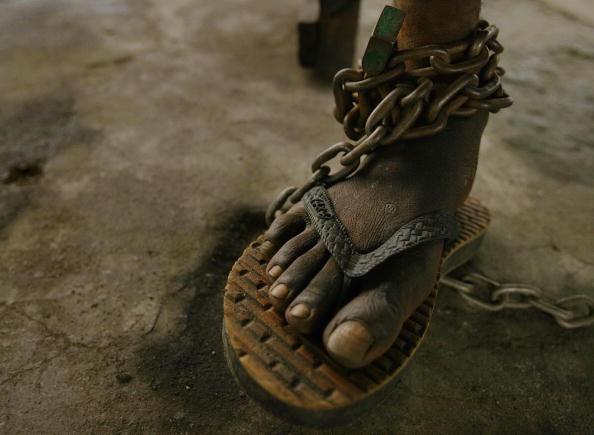Adolescents everywhere suffer from anxiety and sadness, but it is startling to note that teens in the United States have been found to be afflicted by a major depressive episode (MDE). This condition is more widespread among people aged between 12 and 20 years, who reported 12-month prevalence.
In medical science, MDE is commonly defined as low mood for at least two weeks. The symptoms of this condition comprise low self-esteem, lack of interest in enjoyable activities in addition to problems with concentration, energy and sleep.
Findings of a new study published in the journal Pediatrics suggest that the national trends in depression in adolescents as well as young adults showed that the number of teens who reported MDE jumped from 8.7 percent in 2005 to 11.5 percent in 2014. Following analysis of data from the National Surveys on Drug Use and Health, the study did not find an equivalent raise in treatment of mental health for adolescents and young adults.
Out the 172,495 adolescents and 178,755 young adults who answered questions related to 12-month MDE, 15,529 (8.7 percent) and 15,603 (8.6 percent), respectively, met criteria for the condition. Compared to adolescents without MDE, people with MDE included a inconsistent number of older adolescents, adolescents with no parents or with single parents, non-students, unemployed individuals and adolescents suffering from substance use disorders.
According to scientists, this suggests an increasing number of young people are still being under-treated or not undergoing any treatment for their symptoms at all. On the other hand, even in the case of some people who received medical help, treatment was likely to be very intense. It often involved specialized care by in-patient as well as outpatient providers, including prescription drugs.
This information will probably not surprise school counselors and clinicians, who have already witnessed an increase in anxiety, depression and other related incidents of self-harm first hand, Time reported. A staggering number of children are under pressure owing to these issues.
Over three million adolescents in the age group of 12 and 17 years reported no less than one major depressive episode in 2015; the magazine reported quoting the Department of Health and Human Services. Another two million kids are said to be suffering from severe depression that hampered their normal functioning.
The magazine quoted Ellen Chance, co-president of the Palm Beach School Counselor Association, as saying that anxiety and depression are having a negative effect on the children's behavior and ability to learn in her region. This, she said, may result in several kids dropping out of school. It is essential to make resources to these students to enable them to function properly in school, she added.
Increasing number of U.S. adolescents reporting major depressive episode (MDE). Watch below:



























